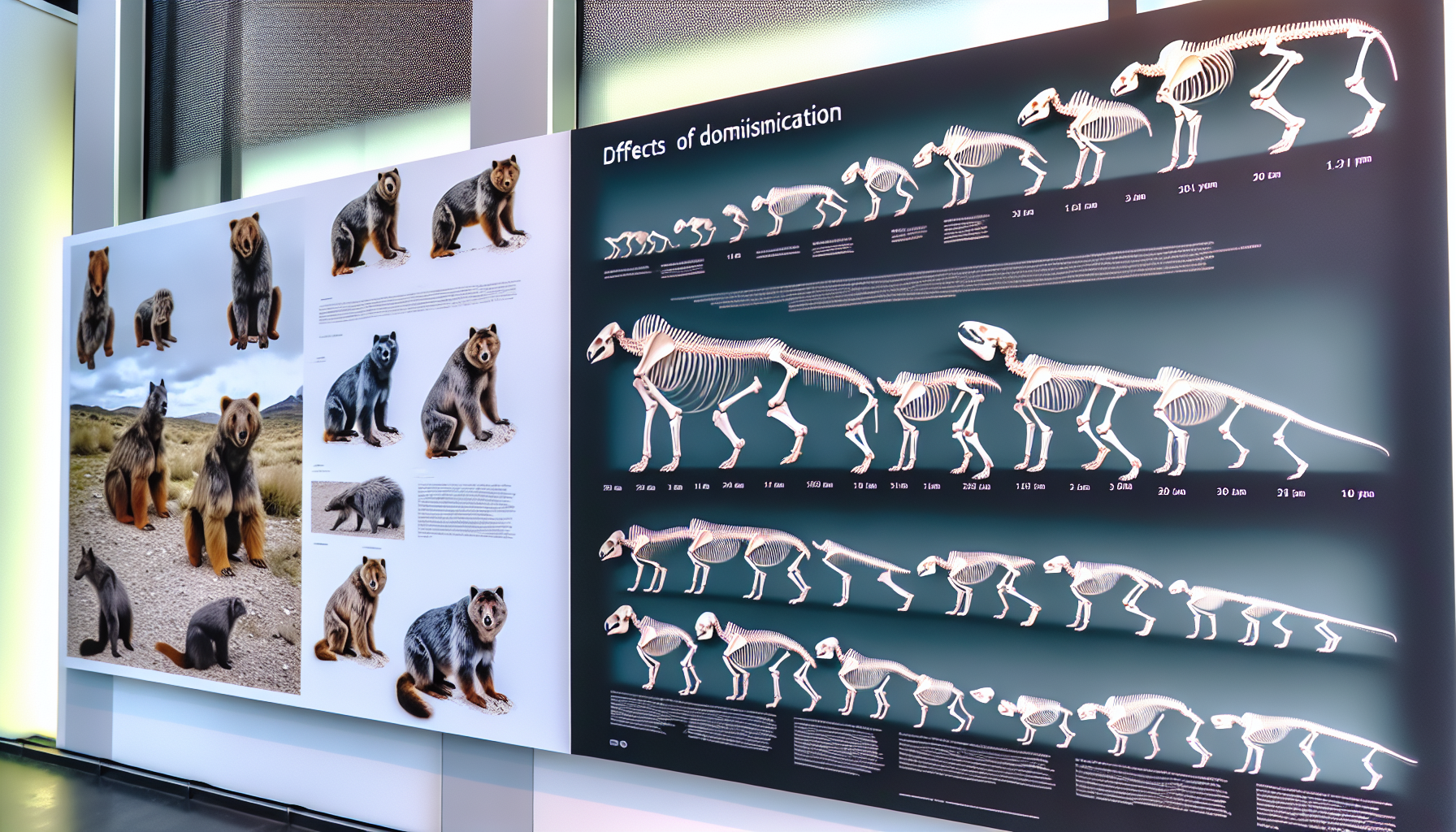In the largest study of its kind, scientists analyzed more than 225,000 animal bones from 311 archaeological sites across Mediterranean France to reconstruct 8,000 years of animal morphology. They documented roughly 7,000 years of body-size synchrony followed by a striking split about 1,000 years ago: domesticated animals grew larger, while their wild relatives shrank. The peer-reviewed analysis, published 2 September 2025 in the Proceedings of the National Academy of Sciences (PNAS), underscores the depth of recent human influence on animal bodies [1].
Key Takeaways
– shows analysis of >225,000 bones and >80,000 measurements from 311 sites, building an 8,000-year record of body size across domestic and wild species. – reveals long-term synchrony lasting about 7,000 years before a sharp divergence circa AD 1000, when domestic animals grew and wild species shrank. – demonstrates consistent enlargement of sheep, pigs, cattle, and chickens over the last ~1,000 years, while deer, hare, and fox exhibited measurable size reductions. – indicates intensified human selection, hunting, and habitat fragmentation since the Middle Ages (~AD 1000) as primary drivers of the 1,000-year morphology split. – suggests conservation baselines must integrate the 8,000-year context: recent centuries reflect human-altered size norms, not “natural” levels, across domestic and wild populations.
The 1,000-year divergence in animal morphology
The PNAS team reconstructed a deep-time body-size trajectory and found a striking pattern: for roughly 7,000 years, wild and domestic populations changed in concert, then about 1,000 years ago their paths diverged decisively. Domesticates grew larger; wild counterparts became smaller, marking a decisive break in the long-run series [1].
Examples span common taxa. Domestic sheep, pigs, cattle, and chickens increased in size, while wild deer, hare, and fox trended smaller across the last millennium, indicating a broad, multispecies signal rather than isolated anomalies [1].
Authors link the split to intensified human pressures beginning in the Middle Ages: selective breeding that favored larger domesticates, sustained hunting that culled wild animals, and habitat loss or fragmentation that constrained growth and survival [2].
How the team measured animal morphology over 8,000 years
The dataset aggregates more than 80,000 bone measurements derived from over 225,000 faunal remains collected at 311 archaeological sites across Mediterranean France, offering a uniquely large and standardized basis for comparing body size through time [1].
Compiled by an interdisciplinary group at the Institut des sciences de l’Évolution de Montpellier, the record organizes data into an 8,000-year chronology that spans prehistory to the Middle Ages and the modern era, enabling robust temporal comparisons [2].
University of Montpellier’s summary emphasizes the long-run synchrony and the subsequent medieval divergence revealed by those measurements, supporting the conclusion that recent centuries are exceptional in their intensity of human influence [5].
Domestic animals got bigger; wild relatives got smaller
For domesticates, size gains align with selective breeding and productivity demands: humans increasingly chose larger animals to improve meat, milk, traction, and egg output, driving a consistent upward trend in body size [3].
Wild species moved the other way. Intensified hunting and shrinking, fragmented habitats likely favored smaller individuals and depleted larger ones, compounding pressures that reduced average body size through the last ~1,000 years [2].
Crucially, the pattern appears across taxa rather than being confined to a single lineage or site, strengthening the inference that the driver is anthropogenic rather than purely climatic or local [1].
Why the Middle Ages mark the inflection point
The chronological breakpoint around AD 1000 coincides with the medieval intensification of agriculture, land-use change, and managed breeding, when human selection overtook natural selection as the dominant evolutionary force for many domestic species [2].
Regional coverage summarizing the authors’ interpretation connects the divergence to medieval-era pressures in southern France, where the dataset’s 311 sites supply dense spatial coverage for detecting directional change [4].
University commentary further describes the 7,000-year synchrony followed by divergence, tying the transition to land-use and demographic shifts that amplified anthropogenic pressures on both domestic and wild populations [5].
What the animal morphology split means for conservation and policy
The results reframe baselines: conservation targets anchored in the last few centuries may already reflect human-altered sizes. Using the 8,000-year record counters shifting-baseline bias and helps discern what is ecologically plausible versus a product of recent management [3].
Practically, monitoring body-size distributions in both wild and domestic animals can act as a sensitive indicator of cumulative pressures. Integrating archaeozoological time series with modern surveys would sharpen early-warning systems and clarify which interventions—habitat restoration, harvest rules, breeding standards—most effectively reverse undesirable trends.
Scope, caveats, and what comes next
Because the study draws on Mediterranean France, the patterns documented here may not capture every region’s history; expanding the dataset to other biomes will test how universal the divergence is and when it began elsewhere [1].
Archaeological records can be uneven—driven by site preservation, sampling intensity, and cultural discard practices—so future work should continue standardizing methods and quantifying uncertainty alongside headline trends.
The authors’ approach—large sample sizes, long time horizons, and explicit contrasts between wild and domestic lineages—offers a blueprint for building comparable records in regions where pastoral and hunting histories differ [5].
Sources:
[1] Proceedings of the National Academy of Sciences (PNAS) – 8,000 years of wild and domestic animal body size data reveal long-term synchrony and recent divergence due to intensified human impact: www.pnas.org/doi/10.1073/pnas.2503428122″ target=”_blank” rel=”nofollow noopener noreferrer”>https://www.pnas.org/doi/10.1073/pnas.2503428122
[2] EurekAlert! / CNRS press release – Human impact on the evolution of domestic and wild animal body size has intensified in the last millennium: www.eurekalert.org/news-releases/1096842″ target=”_blank” rel=”nofollow noopener noreferrer”>https://www.eurekalert.org/news-releases/1096842 [3] Phys.org – 8,000 years of human activities have caused wild animals to shrink and domestic animals to grow: https://phys.org/news/2025-09-years-human-wild-animals-domestic.html
[4] Hespress – Human activity altered animal size for past millennium, study finds: https://en.hespress.com/119887-human-activity-altered-animal-size-for-past-millennium-study-finds.html [5] University of Montpellier – Human impact on animal evolution intensified in the last millennium, study shows: www.univ-montpellier.fr/actualites/8-000-years-animal-body-size-study-2025″ target=”_blank” rel=”nofollow noopener noreferrer”>https://www.univ-montpellier.fr/actualites/8-000-years-animal-body-size-study-2025
Image generated by DALL-E 3











Leave a Reply